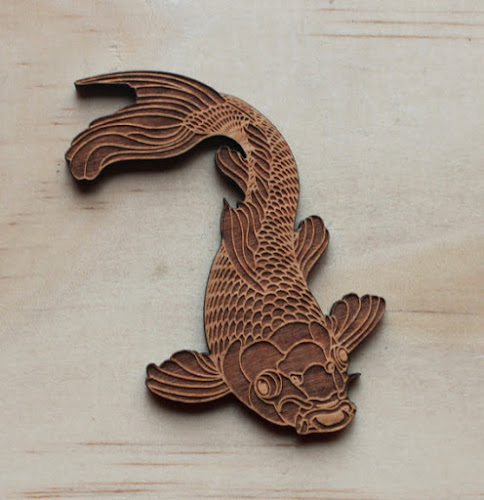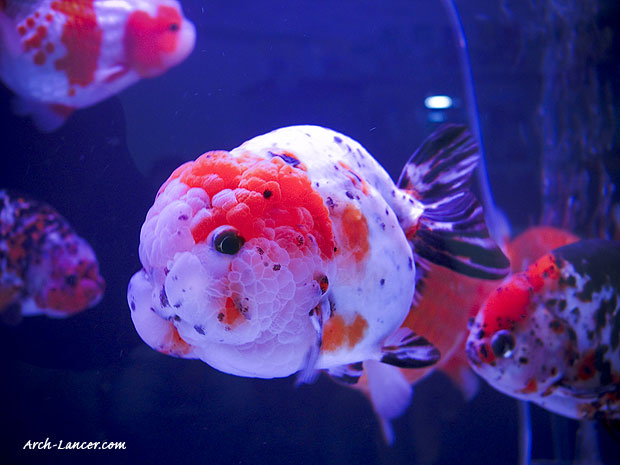
10 Easy Steps to Make a Floating Island for Your Koi Pond
Introduction
If you have a koi pond, you know how important it is to create an environment that is both aesthetically pleasing and functional. One way to accomplish this is by adding a floating island to your pond to provide extra shade, filtration, and a spot for your fish to hide or rest upon. This DIY gardening project can be done in a few easy steps and will provide long-term benefits for your koi and the overall beauty of your pond.
Step 1: Gather Materials
Before you begin, you’ll need to gather materials. For this project, you will need a foam raft, a plastic mesh sheet, scissors, planting soil, and a selection of plants such as water hyacinths, duckweed, or lotus. You can find these materials at most hardware or gardening supply stores.
Step 2: Cut the Mesh Sheet
Use scissors to cut the plastic mesh sheet to size. The size of your foam raft will determine the size of your mesh sheet. Cut the mesh sheet so that it is slightly smaller than the foam raft to provide a border of exposed foam around the perimeter of the island.

Step 3: Plant Your Island
Fill the mesh sheet with planting soil, making sure to evenly spread it across the entire surface area. Select your plants and place them on top of the soil, spacing them out evenly. Be sure to choose plants with long, intertwining roots that will anchor the island and ensure it remains in place on the water’s surface.
Step 4: Attach the Mesh Sheet
Center the mesh sheet, with the plants on top, onto the foam raft. Fold the edges of the mesh sheet over the perimeter of the foam raft and staple it securely into place. Be sure to avoid leaving any areas of exposed foam.

Step 5: Test Your Island
Before launching your floating island into your koi pond, test it in a basin or pool of water to ensure the weight balance is correct. Adjust as needed by moving plants or soil around. Once the balance is correct, remove the floating island and move on to the next step.
Step 6: Add Weight to Your Island
To prevent your floating island from tipping over, add weight to the bottom of the foam raft. You can achieve this by placing bricks or stones onto the underside of the foam raft or by attaching weights to the corners of the mesh sheet.

Step 7: Launch the Island
Once the weight is firmly in place, it’s time to launch your floating island into your koi pond. Move it into the water slowly and gently to avoid disturbing the pond’s ecology. You can use a boat or simply launch it by hand from the side of the pond.
Step 8: Monitor and Care for Your Island
Your floating island may need some adjusting in the first few days, so closely monitor it to ensure it stays in place and the plants are thriving. As time passes, the plants will begin to grow and form a lush layer of greenery on your koi pond, providing shade, filtration, and a serene atmosphere.
Step 9: Add More Plants
Over time, as the plants grow and mature, you may need to add more plants to keep your floating island healthy and vibrant. You can do this by removing a small amount of soil at the base of the existing plants and adding new plants that will grow into the existing root network.
Step 10: Enjoy the Benefits
Now that you’ve built and launched your floating island, sit back and enjoy the benefits! Not only will it provide a beautiful natural feature in your koi pond, but it will also help to improve water quality, provide shade for your fish, and attract beneficial insects and wildlife.